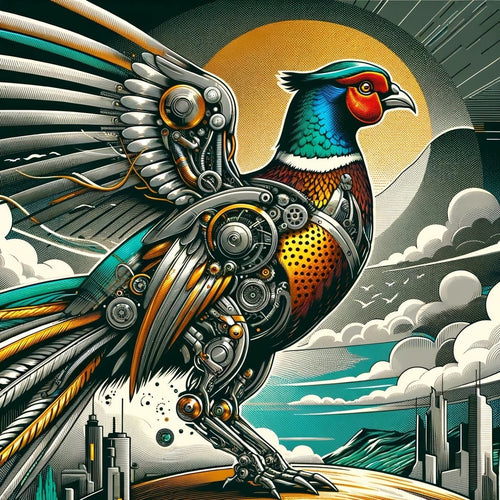In-Depth: Pocket-Clip
The Pocket-Clip is one of those things that is really not that hard (certainly compared to other areas of the knife).
In a previous section I covered the design and how the lines of it align with the the scales. Let's take a look at it again:

Most Pocket-Clips are a similar length and width. Everything else is just aesthetic design and styling.
The commonality across knives in terms of the dimensions of the Pocket-Clip is because that's what it needs to be. It's purely a matter of function.
So, in turn, the Pocket-Clip on this knife is a similar size and shape to most other knives. I then designed the aesthetics to work with the rest of the knife.
If you recall, I touched on the aesthetics previously and showed this image:

Because the length and width -- and therefor function -- of the pocket-clip is already decided it makes it easier to play around to find the best aesthetics.
I tried various things with the design of the pocket-clip in terms of making it work with the rest of the knife.
Long story short:
The only thing I could get to work was to blend the pocket-clip with the rest of the knife. This is why, in the above image, the rear of the pocket-clip sort of flows around the screws and down the rear of the knife.
Hidden Screws
Having the pocket-clip screw onto the scale from inside is one of those no-brainer things to do. Yes it's more work and hassle - but I'm a big fan of not having visible screws unless it is necessary.
We'll get into how the pocket-clip attaches to the scale in just a minute (I wanted to mention it now though while we are still looking at the aesthetics).
Pocket-Clip (Side Profile)
Let's take a look at the side-profile of the pocket-clip.
[[[ IMG ]]]
I honestly don't have anything here that other knives don't have. The underside profile is very similar to most other pocket-clips out there. As with the overall size and shape of the pocket-clip ...this is simply because the specific functionality requires this shape.
The specific profile in the above image is also a bit of an initial guess. For example, it's hard to know exactly how strong the pocket-clip will be - and so you pretty much just have to try something (in terms of the thickness).
[[[ IMG ]]]
Almost certainly the pocket-clip designing will ultimately be a little different to what you see here. Not so much the visible outside of it - but the underneath profile design. This is because there are a range of areas that are pretty much guaranteed to need some tweaking.
The initial side profile determines the strength of the pocket-clip, how easily it clips onto your pocket and how easily it unclips from your pocket. These are things we won't know until the pocket-clip is made and assembled together with the rest of the knife.
Hot Spots
Once the first prototype is made and assembled we will be testing it for areas that are uncomfortable or annoying on the hand when using it (or "hot spots" as they are typically called).
The pocket-clip is also one of those areas that can have hot spots. So we have to keep in mind, even though we've designed the outside of the pocket-clip a specific way, there is a chance it needs to be changed once we start real-life testing.
Here are some views of the pocket-clip from different angles to really get a better look at it:
[[[ IMG, IMG, IMG ]]]
Attaching The Pocket-Clip
As I mentioned above, we're not going to have any visible screws on the outside of the pocket-clip. Therefor we're going to screw the pocket-clip on from the inside of the scale.
The easiest way to design and make it would be to just use two screws - this would stop the pocket-clip from any sort of rotating that would likely happen if you just used one screw.
The best solution is to bite-the-bullet and put the effort into designing and making the pocket-clip with only one screw - because this is all you need ...if you also include a spigot or such along with it. It is definitely going to be more hassle to make -- particularly in having to keep an eye on the reasonably tight tolerances -- but it is hands-down the better solution.
Here's what the hole (on the scale) and the accompanying spigot (on the pocket) look like. It's about as basic a solution as you can get - but I feel anything more complicated or "fancy" would at minimum be a waste and, worst case, potentially problematic.
[[[ IMG ]]]
<<< Previous Section -- Making "The World's Best Knife" <<<
>>> Next Section -- [] >>>
